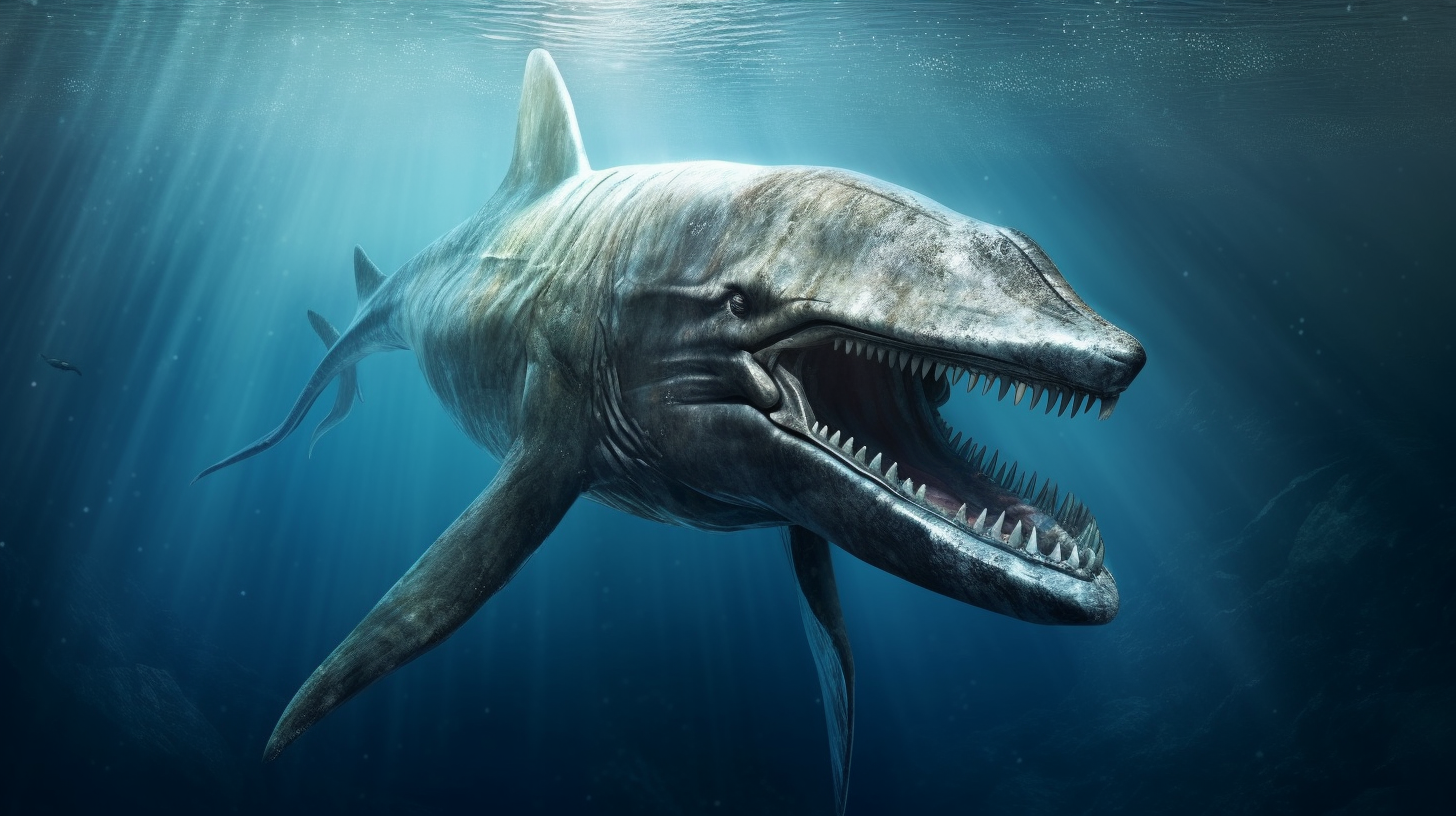A Fresh Insight:
An unprecedented revelation emerges from the depths of Otago, New Zealand, as researchers at the University of Otago introduce a previously undiscovered dolphin kind showcasing remarkable tusk-like teeth. This extraordinary find not only enriches our knowledge of the diverse marine life in our oceans but also provides an intriguing peek into the evolutionary path of these magnificent beings. The mysterious existence of this newfound dolphin variation in Otago has ignited excitement among scientists and ocean aficionados.
Uncovering the Ancient Dolphin:
Dubbed Delphinus priscus, meaning “ancient dolphin,” the extraordinary creature was stumbled upon during an extensive marine survey conducted by a group of biologists along the Otago coastline. Embedded within sedimentary rocks dating back millions of years was a fossilized skeleton that amazed researchers upon close examination due to its distinct dental arrangement that distinguished it from all known dolphin species.

Tusks-like Dental Characteristics:
The primary feature of Delphinus priscus undoubtedly lies in its teeth resembling tusks. These elongated, slightly curved teeth project from the lower jaw of the dolphin, akin to tusks found in creatures like walruses and narwhals. The size and sharpness of these teeth suggest potential specialized dietary patterns or their utility as formidable weapons for defense or hunting.
Dr. Olivia Carter, the lead researcher of the project, notes, “The exceptional tusk-like teeth of Delphinus Priscus unveil a remarkable evolutionary adaptation, possibly tied to feeding strategies or social interactions. Further examination of the fossil teeth in conjunction with comparisons to contemporary dolphin species will aid in unraveling the mysteries encircling this ancient being.”
Evolutive Significance:
This notable discovery sets the stage for a deeper comprehension of dolphin evolution and their astounding variety. By scrutinizing the ancient remains, scientists can piece together the puzzle of how these captivating marine mammals have adjusted and thrived over millions of years. Delphinus priscus acts as a crucial connecting point, offering crucial insights into the evolutionary lineage of dolphins and their unique dental adaptations.
Conservation Implications:
While Delphinus priscus roamed the distant past, this revelation serves as a poignant prompt of the fragile equilibrium of our oceans and the imperative for conservation endeavors. Dolphins, admired for their intellect and allure, captivate our emotions and imaginations. Preserving their habitats and ensuring the welfare of marine ecosystems is pivotal to safeguarding existing dolphin species and honoring the legacy of their ancient precursors.
Upcoming Investigations:
The unveiling of Delphinus priscus sparks a myriad of queries for future research pursuits. Scientists are eager to delve further into the fossil records to unearth more proof of this unique species and its ecological significance. Comparative analyses with modern dolphins hold the potential of shedding light on the behavior, ecology, and evolutionary paths of these fascinating creatures.
Final Thoughts:
The revelation of Delphinus Priscus, an ancient dolphin variation showcasing tusk-like teeth, signifies a significant milestone in marine biology. Discovered in Otago, New Zealand, this captivating creature has fascinated the scientific community with its distinctive dental features and probable contributions to our understanding of dolphin evolution. As we persist in unraveling the mysteries of our oceans, it is discoveries like these that remind us of the wonders concealed beneath the waves and the immediate need to protect and preserve our marine ecosystems for the forthcoming generations.
